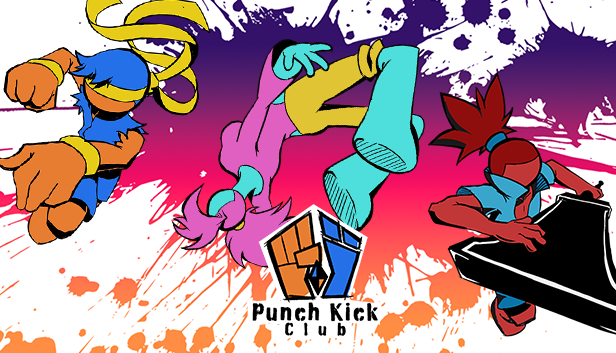
Punch Kick Club: A Year and a Half of Development
Welcome to the first DevLog for Punch Kick Club, a project I’ve been working on for about a year and a half. What started as a solo endeavor has now grown into a collaborative effort with a dedicated team. In this blog post, I’ll take you through the journey of creating a fighting game that’s designed to be a gateway into the genre, with a unique twist on traditional mechanics.
The Vision Behind Punch Kick Club
Punch Kick Club isn’t your typical fighting game. From the start, I wanted to create something accessible yet engaging—a game that could introduce players to the fighting genre without overwhelming them. To achieve this, I designed the game around a simple four-button control scheme: Normal Attack, Style, Evade, and Block. But don’t be fooled by its simplicity—there are no auto combos here. The Style button is particularly special, as it interacts with the game’s meter system, adding depth to the gameplay. But before diving deeper into the mechanics, let’s rewind and see where this all began.
The Humble Beginnings
Back in college, while working on my Bachelor’s degree, I had a dream of creating a fighting game. At the time, I lacked the skills to make it look like Dragon Ball FighterZ or even program it properly. That was about four years ago. Fast forward to now, and I feel confident in my ability to create visually appealing characters.
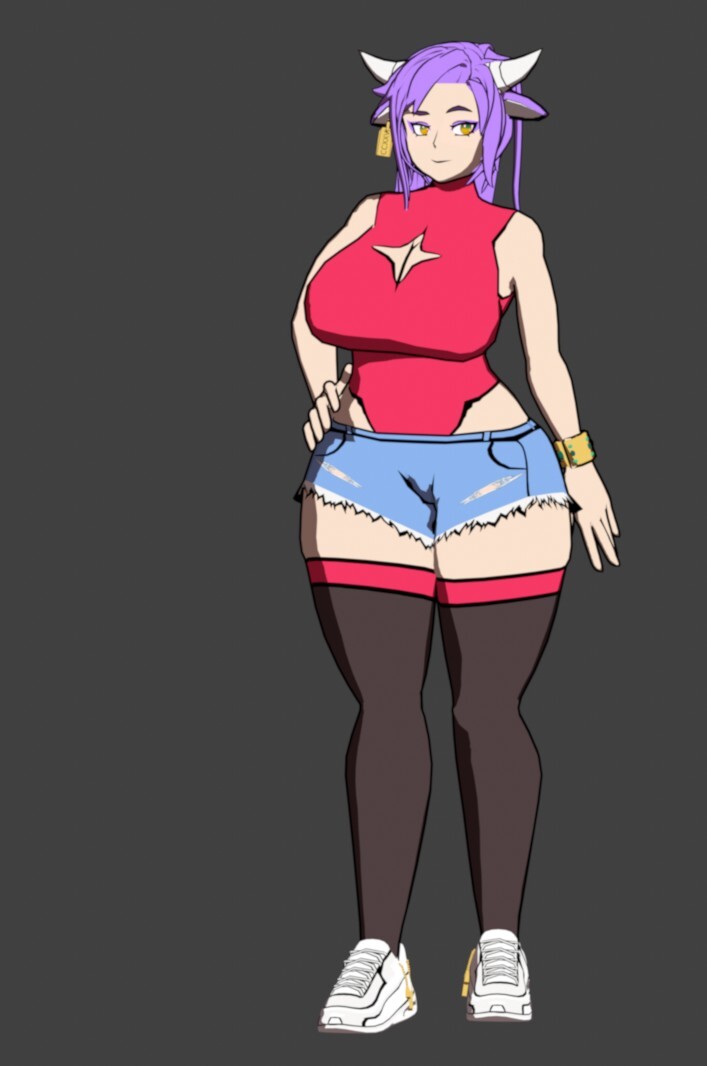
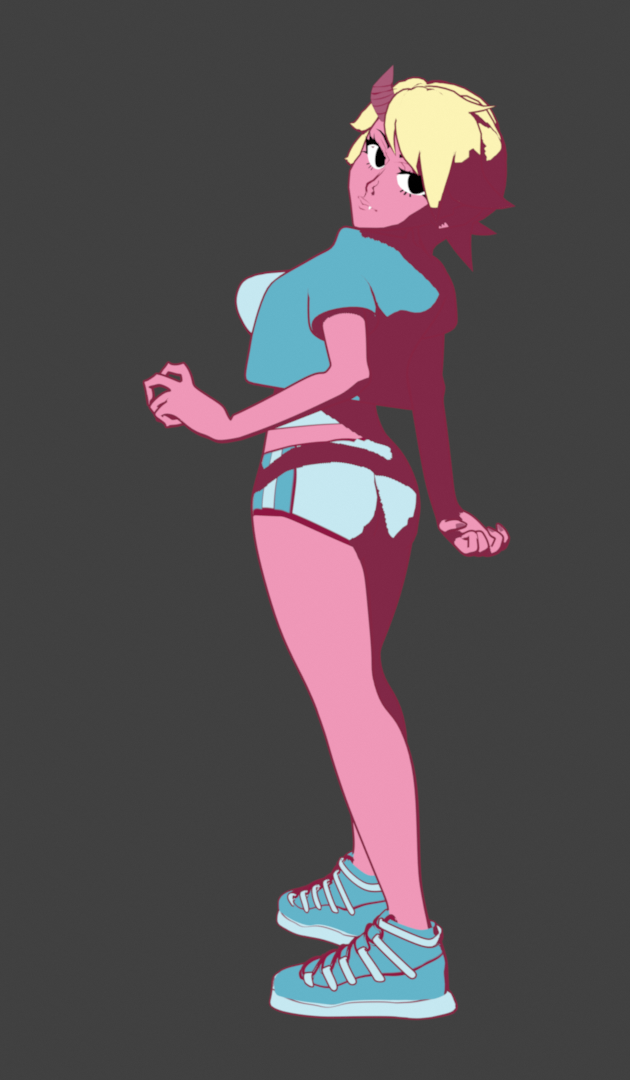
So why did I choose stickmen for my fighting game? It’s a question I get asked often. The answer is rooted in a desire to start small and reconnect with a childhood passion. Stick fighting games have a nostalgic charm, but they’ve never been done in the way I envisioned. After graduating with my Bachelor’s and starting my Master’s, I began working on Punch Kick Club.
Finding My Style
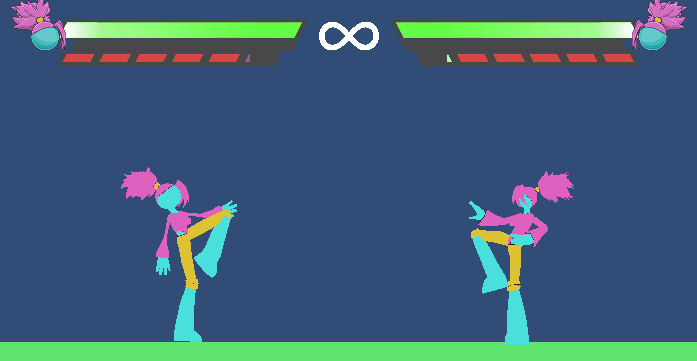
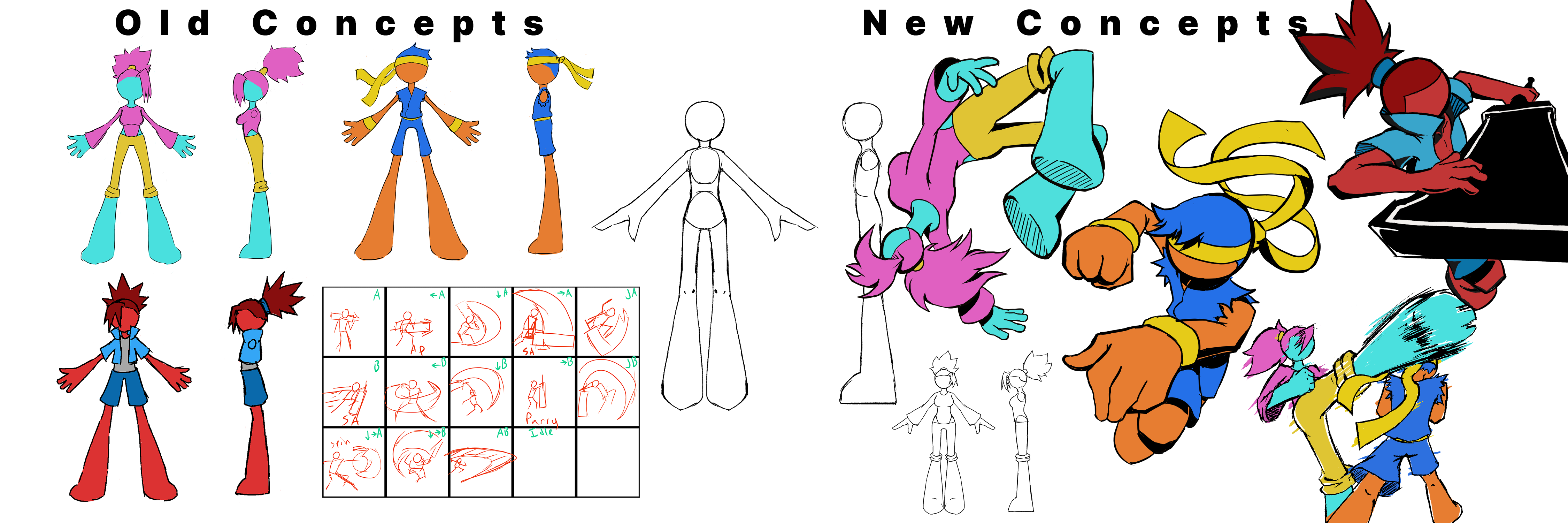
The first version of Luna, the Dancing Martial Artist, was rough around the edges. At that point, I wasn’t sure what art style I wanted, but I knew it had to be better than just stick figures. Lacking direction, I joined an internship where I had the opportunity to present my game. This experience was a turning point.
The feedback I received wasn’t what I expected, but it was exactly what I needed to push the project forward. I started refining the character designs, adjusting proportions, and iterating on the art style. Monthly critiques became a regular part of the process, helping me fine-tune the game. During this time, I assembled a team who believe in the project so much that they continue to work on it for free. I wouldn’t be where I am today without them.

Evolution of Mechanics
With the support of my team, Punch Kick Club has undergone significant mechanical changes. One of the most interesting insights came from watching my younger cousins play fighting games. Their approach to playing opened my eyes to a different way of thinking about game design.
Auto combos are often seen as an easy way to do flashy moves, but I believe they’re not necessary for introducing players to a fighting game. For my cousins, winning was the ultimate cool factor. I wanted to capture that feeling while avoiding the pitfalls of overly complex mechanics.
I took inspiration from Smash Bros., particularly how Kazuya is integrated into that game. In Punch Kick Club, any hit can be linked to another attack, but the timing varies with each move. This adds a layer of strategy and timing to combos. Additionally, only the Style button attacks build meter, which you can then use for specials and ultimates. However, your meter is constantly depleting, so you’re encouraged to stay aggressive.
Tackling Long Combos and Introducing New Mechanics
Long combos can be frustrating, so I wanted to give players a way to counter them. Enter Burst—a mechanic that lets you escape long combos but comes with its own set of risks.
But I didn’t stop there. I combined three different mechanics into one, creating a system called Revenge. This feature functions like a burst with super armor, allowing you to escape pressure situations. To balance this, I added Armor Piercing attacks, which can break through Revenge but are the slowest moves in each character’s toolkit. This makes using Revenge a risky but potentially rewarding strategy.
Revenge can also be used offensively in combos, with one bar for offense and three bars for defense, the latter coming with more recovery. Additionally, invincible attacks can knock you out of Revenge, adding another layer of strategy.
What’s Next for Punch Kick Club?
That’s a wrap on the mechanics of Punch Kick Club. If you’re interested in playing the game, I’m currently working on an arcade demo that’s a bit different from what you might expect in a fighting game. If this sounds exciting, consider wishlisting the game on Steam and subscribing to my YouTube channel for updates. I’ll be posting videos covering different aspects of the game’s development.
Thank you for joining me on this journey, and I can’t wait to share more with you soon!
